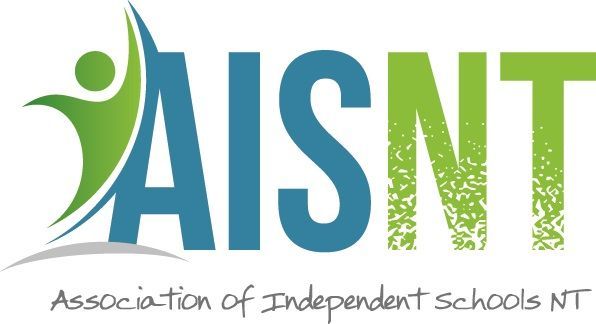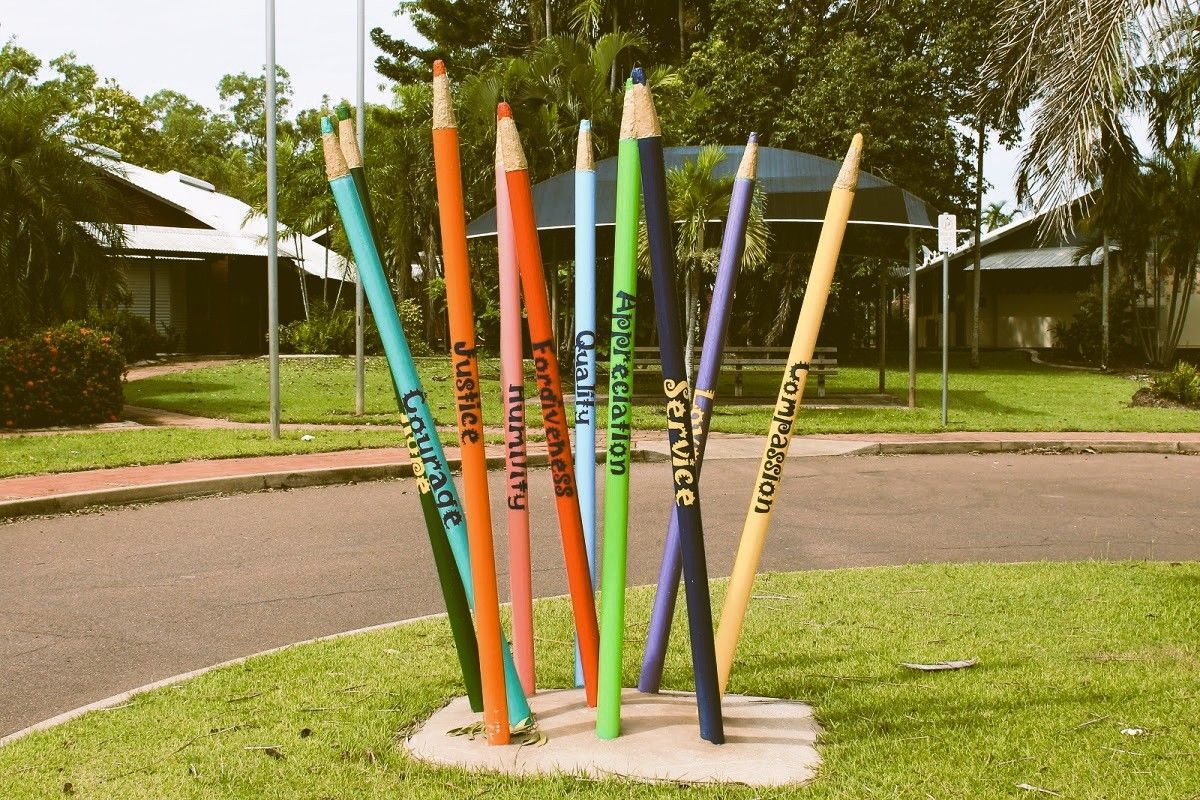Some Passing Thoughts Which Could be Useful
“You Know the Fair Rule” by Dr Bill A. Rogers
I was talking with a principal the other day who was over 20 years younger than me. He was saying how the ideas of Bill Rogers in classroom management still made sense to him. They still make sense to me though a great deal of water has gurgled under the bridge since I spent a week at one of his courses in England in Cambridge in1992. Bill is an Australian, highly skilled and has developed ideas which are based on extensive research. He is a teacher by profession but is now an education consultant a wonderful presenter who uses humour to great advantage. His book “You Know the Fair Rule” has been around for ages but is worth reading as it is filled with good workable strategies for tackling classroom dynamics. One strategy which I found useful was to tactically ignore some behaviour. Picking every child up on everything can create a disaster in a class. Another obvious one is not to have an argument with a pupil in front of the class. The result is that even if you think you have won, you ultimately in the students’ minds lose.
I’m A Great Believer in Stories.
Students love good stories and they can be the basis of learning moments. There are heaps of good stories but if they are to be successful they must be “good”. I’m a fan of Oscar Wilde’s short stories and I used these through most of my years of teaching. They are appreciated across a range of ages, both upper primary and secondary. Wilde is indeed a master story teller born in 1854 and dying in 1900. Though created so long ago, his words I believe have great relevance in today’s complicated age. Stories that worked in my teaching were “The Happy Prince”, “The Selfish Giant”, “The Nightingale and The Rose”, “The Remarkable Rocket”, “The Devoted Friend”. There are others, but I found these a great leaping off point for discussion.
A Great Starter.
Schools have their own systems of doing things which is as it should be. Some for example have electronic methods of marking roles but for some marking the role is in fact the first activity. It is in this pedestrian time that the class may become restive rather than settled. I found running a quick quiz, have the students write the answers and then marking them as a class, fun and useful in settling the class. Students never became tired of short quizzes though they have to be architected so students can get most of the answers correct. Success is pleasurable. Then, if required the role would be marked.
Groups of Four
I found if I wanted students to discuss something it was often best to break them up into groups of four. With three it is easy for one to be left out and with five, two may split off.
The Big Circle
It was fascinating to me that teaching in a circle, even a large circle of 25 created a very different dynamic than the traditional class in rows. Though not always possible I definitely preferred this and found class discussion occurred so much better. I guess it helps having everyone able to see all the faces of class members.
Shackleton and Leadership
Your school may pay particular attention to student leadership, giving students real responsibility. Though we are now over 100 years later the story of how Shackleton led his crew to safety after their expedition ship Endurance became terminally stuck in the Antarctic sea ice which eventually crushed it. (Recently the ship has been found and raised from the Antarctic deep.) The crew camped on the sea ice until it broke up then launched two heavy lifeboats which they had dragged across the ice and sailed to the remote, uninhabited Elephant Island a journey of 1333 km through rough seas. Shackleton, leaving most of the men camped on the shore, then sailed to South Georgia, a distance of 557km, with six men, landing on the far side away from the safety of the whaling station which was beyond the high mountain range of the Island. He took two men with him, did the impossible and scaled these mountains, successfully reaching the whaling station. He was then able to rescue the two groups of men.
As a result of Shackleton’s brilliant leadership all men survived. There are lots of good resources to support this story. The question for the leaders is what did Shackleton do to enable his men to survive? I found the movie “Shackleton” featuring Kenneth Branagh excellent though, longlist is possible to target key parts of it and it is still available.
Students Teaching
A good activity in Leadership training is for student leaders to teach something which is somewhat difficult. As leaders, if they are given real responsibility, which I believe they should be, they must develop the art of effective communication. I would sometimes use a knot, such as a bowline, which I would teach them and they could then give a short lesson teaching others. If the knot is completed effectively then the communication has been successful. If it has not then the knot won’t work.
Student’s Coat of Arms
Students love doing things about themselves. A good activity is for students to draw their Coat of Arms. They must draw perhaps 5 things on the coat of arms then have to explain why they have chosen these.
A Parachute Lesson
Not all lessons, though enthusiastically prepared, work. There can be a whole raft of reasons for this, including it has missed the mark and the students don’t get it. It’s very hot and students simply can’t concentrate. It’s Friday afternoon and students have had enough serious stuff and they want some fun. I well remember drifting off into my own world on such occasions when I was at school and the teacher’s message simply passed me by. A teacher should know when a parachute lesson is required. In fact wise teachers will have some ready with them all the time. There is only much to be gained by stopping the lesson and changing to a parachute activity. Of course a parachute activity will have its own learning value.
Beware the Talking Lesson
A mistake teachers often make is to talk too much. Students will often switch off even if they are obediently listening. It is helpful if a lesson is broken up into 3 or 4 sections: explanation; some practical demonstration; doing - some activity; some student feedback, maybe demonstrating what they have done.
Always Be Ready
To “Grab More Information” I thought of this when I read Liam’s information about the AISNT Leadership Network Meeting with the topic “Leading an Inclusive School Culture”. I’m looking forward to it and particularly as I have attended a couple of Andrew Fuller’s presentations and seen him interviewed on TV. He is a clinical Psychologist, has vast practical experience and has produced useful resources. I’m sure that Megan Kavanagh and Dr Stephen Brown will also be fantastic. I always feel excited about learning something new. I guess we want our students to have the same excitement.
Chris Tudor,
Principal Liaison & AISNT Historian



